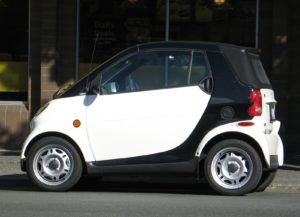
Productive – Purposeful – Pleasant
After ending last week’s blog, I realized I haven’t ever posted about this little language-based motivation/behavioral activation technique that I sometimes use with clients. Probably because I really don’t like it when people make (or especially seem to force) alliteration or acronyms, and I don’t want you to think I did that! Haha! This actually just popped up in a session one day, fully formed (fully P’d!) and it has been useful several times.
This little technique seems to be sometimes beneficial with clients who have mild/moderate depression, the kind of anxiety that keeps them sort of paralyzed (not catatonically paralyzed! Just keeps them from moving forward effectively), and some who deal with procrastination. (Although straight mindfulness is good for all of these, too, especially procrastination.)
The technique is really simple – it just involves (Step 1) taking the things on the client’s to-do list (whether that is take a shower and check the mail in the case of depression or the long list of household chores or whatever), and dividing them into these categories, or labelling them… is the task Productive, Purposeful, or Pleasant? (or some combo?)
*Wouldn’t it be nice to have lots of things on the list that are all three?!*
Step 2: Just take anything else off the list! What’s it doing on there, anyway?! This can sometimes bring a sense of relief and permission to clients who need it.
Step 3: Make sure there are items in every category, especially the pleasant category! (This is a kind of sneaky way to measure anhedonia and sometimes to figure out distress tolerance ideas!)
Step 4: Invite clients, in session if it’s possible or as homework, to choose items from anywhere on the list.
I often start with Productive… is there anything on there that they have the motivation/energy/etc. to do right now? If they can, they often feel a sense of accomplishment and also relief from “checking something off the list.” It’s ok to make use of session time to get this started! Do they need to make a dr’s appointment – just have them call, right now! Do they need to update their credit card information on their bill pay? OK, do it!
If not, how about something purposeful (meaning tied to values, even if it doesn’t “get things done”)? Is there a value of relationships or being a kind person – choose text a friend from the list (add it right in the moment if it comes up!) Is there a religious/spiritual value – choose read a scripture verse. Is there a value of being a good parent – write a sticky note for your kid and put it in their room. Is there a value on making progress in therapy? Listen to your affirmations, read a few pages in the homework book, etc. Make sure that plenty of these are easy, low energy, low cost options. (This is a kind of sneaky way to get to identification of values, as well, which can be helpful in most cases.)
Nothing doing there, either? Well, no problem! Because you have a list of activities that are for nothing but pleasure! Encourage clients that choosing something from the pleasure list is OK! (There might be a little bit of cognitive work to do here, about being “allowed” to do something for pleasure when there are things on the productive list. And one of these days I need to do a post on how “laziness” is just a really good energy management strategy! HA!) But remember – doing something is better than doing nothing, and often increases motivation and productivity in the long run. Even if the pleasant thing is doing “nothing,” like taking a nap, sitting quietly, etc., doing it mindfully is a positive step!
Comment below: What do you do to help clients with behavioral activation?

